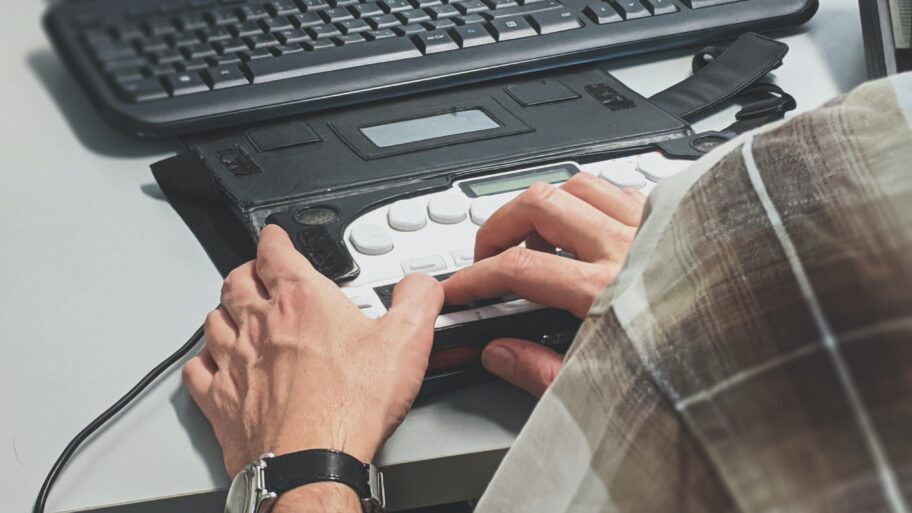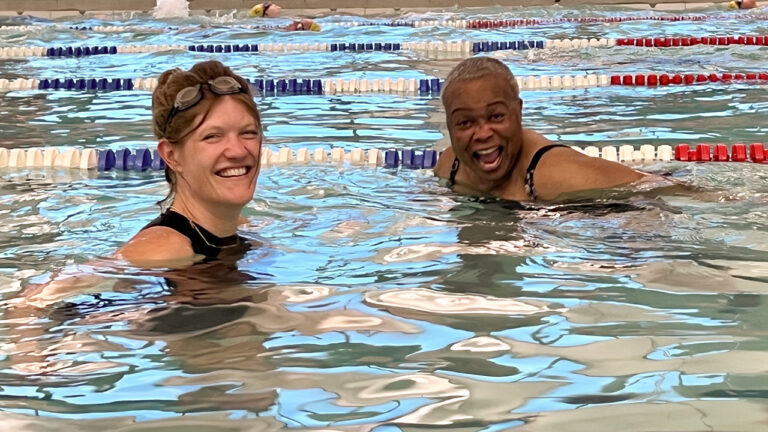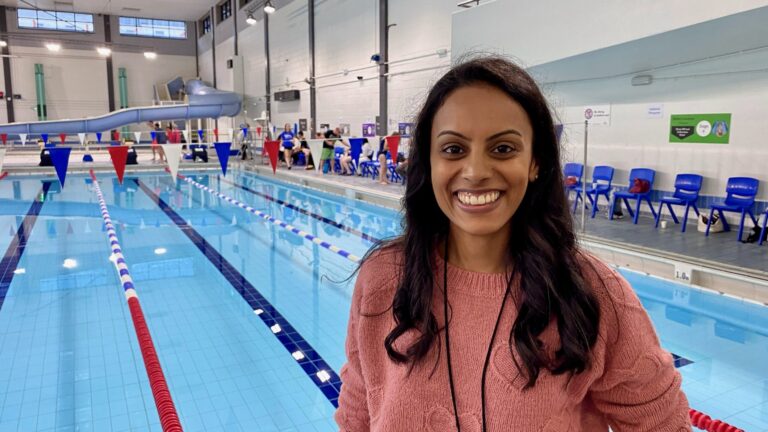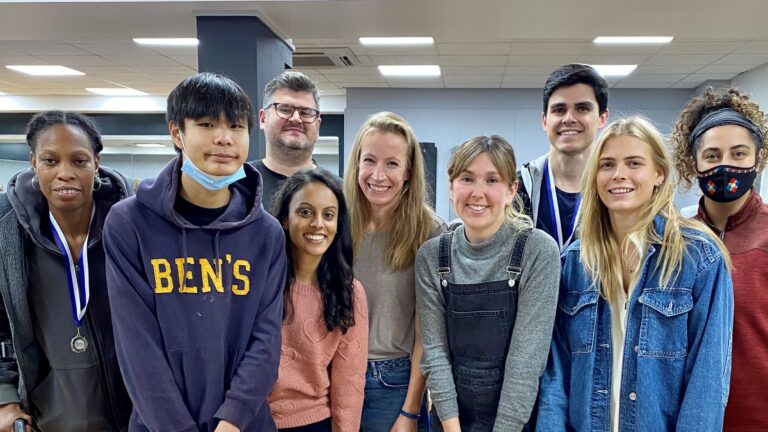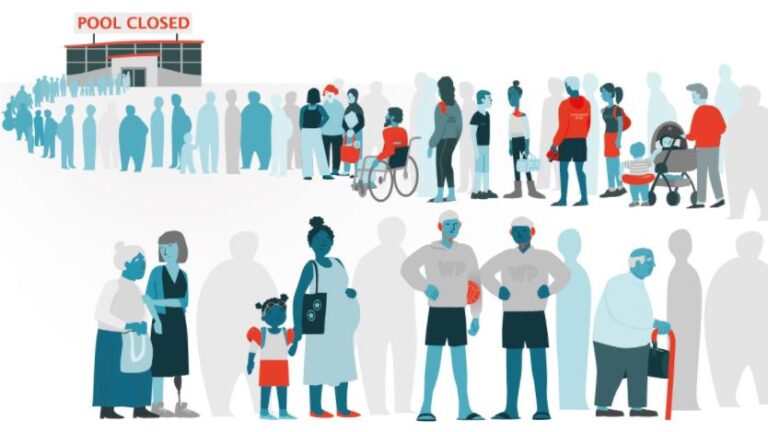The purpose of Global Accessibility Awareness Day is to get everyone talking, thinking and learning about digital access/inclusion and people with different disabilities. It focuses on digital accessibility instead of general accessibility, which is a topic we have previously discussed in two blogs (going to swimming pools and getting into the water).
What Is Digital Accessibility?
Making a website, software, documents or mobile applications accessible means making sure it can be used by as many people as possible. This includes people with impaired vision, motor difficulties, cognitive impairments or learning disabilities, deafness or impaired hearing, whether it is a long-term condition or a temporary disability. However, accessible websites usually work better for everyone too because they are often faster, easier to use and appear higher in search engine rankings.
Why Is It Important?
Accessibility features enable people with disabilities to have access to technology, but we still have a long way to go: disabled people are 35% less likely to have essential digital skills than non-disabled people. Key factors contributing to the digital divide include difficulties with access (paying a monthly fee or buying equipment), a lack of literacy or digital skills, low motivation and interest, and accessibility for those with different needs.
About 8% of children are disabled in the UK: the learning material, including documents and presentations have to be made accessible to enable them to learn. Schools and universities are gradually taking steps to make the content accessible in addition to improving disability access to their campuses, as you can see on this video.
The same applies to the workplace: more than 4.4 million disabled people are in work. Think about the tools you need on a daily basis to perform your work, to make presentations and to communicate with your colleagues. It’s no surprise that disabled people are almost twice as likely to be unemployed as non-disabled people if those tools are not accessible to them. Watch this example about how someone with cerebral palsy can deliver great presentations thanks to technology.
Let’s look at what it’s like to use accessibility features in practice, for instance to browse on a website – an activity most of us do several times per day. You would navigate the web pages only by using your keyboard and using a screen reader. Try it out by yourself or watch the demo video below.
How You Can Help
You may think that accessibility is only for developers and people who make software. It’s much more than that: if you are a freelance worker with your own website or own an independent shop with an online shop, if you post videos and photos on social media that require captions or alt text, or simply if you create documents for work or personal use that you share with other people, then you have a role to play in accessibility. There are lots of ways to contribute to creating a more accessible digital environment, from raising awareness about the issue around you, to educating yourself with online training like this free course about inclusive design and then applying these principles to create content that can be used by most people. Take your first step and let us know how you’ve made a difference in the comments.
